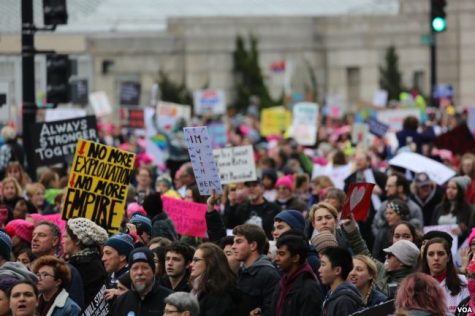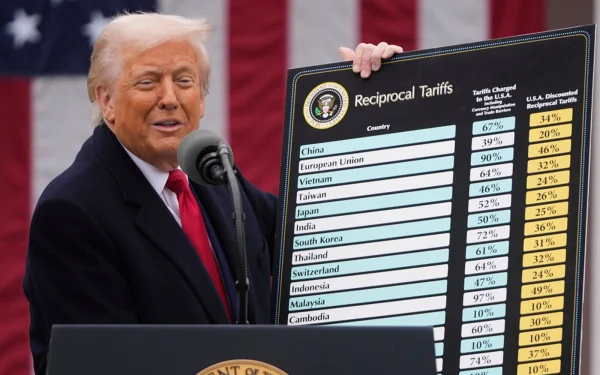Post-Inaugural Protest and Political Efficacy

Since the January 20th inauguration of President Donald Trump, protests have erupted across the nation. Some targeted individuals directly, such as the Anti-Trump protests rallying under the cry of “not my president,” or the UC Berkeley protests against former Breitbart News employee Milo Yiannopolous. Others tackled specific issues, including the March for Life against abortion, the “No Ban No Wall” protests for immigration rights, or the “No Dakota Access Pipeline” protests. The January 21st Women’s March across the world campaigned for a slew of issues. It seems as if everyone in the United States has something to be angry about. And for some Americans, that is protest itself.
Although opposition toward any protest is expected, these post-inauguration protests from both sides of the aisle question the very value of the act itself. One major argument against protest that critics pose is that it accomplishes little. For example, Piers Morgan, Editor-at-Large of the Daily Mail, infamously criticized the backlash after President Trump’s inauguration on several television shows, calling it “endless hysteria” on Good Morning Britain. On the date of the Women’s March on Washington, Morgan tweeted sarcastically “I’m planning a ‘Men’s March’ to protest at the creeping global emasculation of my gender by rabid feminists.”
Critics such as Morgan have characterized protesters as people who complain rather than take action. This criticism has rarely gone as far as to reject the freedom to protest. Even President Trump voiced his support for freedom of assembly, tweeting “Peaceful protests are a hallmark of our democracy. Even if I don’t always agree, I recognize the rights of people to express their views.” However, President Trump also resided with critics of the Women’s March when he tweeted about the protesters “Why didn’t these people vote?”
On the other hand, studies have shown that protest may be a catalyst for concrete action. In a 2011 study, Harvard University and Stockholm University economists found by studying the Tea Party that although protests may not sway policymakers, they make a difference to constituents.
According to Quartz, after former President Obama’s election in 2008, the newly formed conservative Tea Party held Tax Day protests across the nation. Bad weather and rainstorms deterred protesters in some regions of the country, decreasing the proportion of residents in the area who protested. Strikingly, researchers discovered that in regions where more protesters attended due to good weather, congressional districts saw substantial support for conservative candidates, leading the economists to believe that protest turnout translates to voter turnout. Additionally, protests associated with social movements have historically created and strengthened activist organizations associated with their cause that may, in turn, affect lawmakers. In short, protests may not change the representatives already in office, but they may change who is in office next.
Holding with this same hypothesis, Women’s March organizers have attempted to continue the momentum of political involvement throughout the Trump presidency by creating the 10 Actions/100 Days Campaign. The movement alerts supporters via email every ten days of a new challenge to increase their involvement, such as contacting their representatives in Congress or attending a meeting. Linda Sarsour, organizer of the Women’s March, articulated this push into concrete goals for Glamour Magazine. “We need to translate the emotions and the frustrations right now, and the fear that people have right now, into massive polls numbers to win back the House of Representatives,” Sarsour asserted.
The exception? Violent protest. Violence in protests such as Anti-Trump riots post-inauguration has caused public outcry and horror, leaving six police officers injured in the chaos. In examining other protests in history, the evidence overwhelmingly suggests that nonviolent protests are far more effective. The Washington Post reported that nonviolent protests have been twice as likely to succeed than violent protests, and that the average nonviolent protest is eleven times larger than the average violent protest. They also disclosed that violent protests take three times as long as nonviolent protests to fully run their course.
As spring protests such as the March for Science and Tax Day protest draw closer, it remains to be seen whether organizers will carry the momentum of empowerment that protest instills, or just make a lot of noise.





